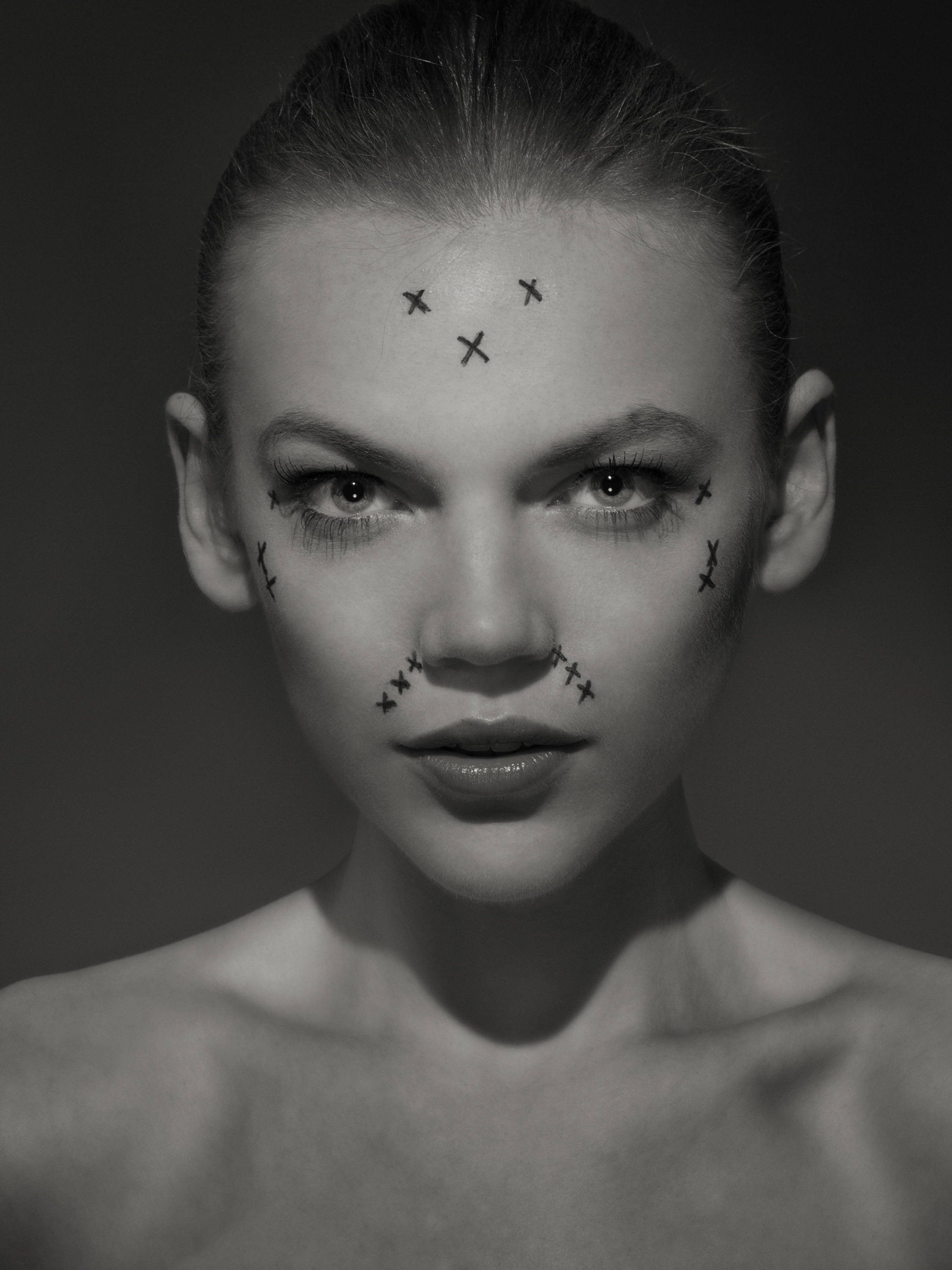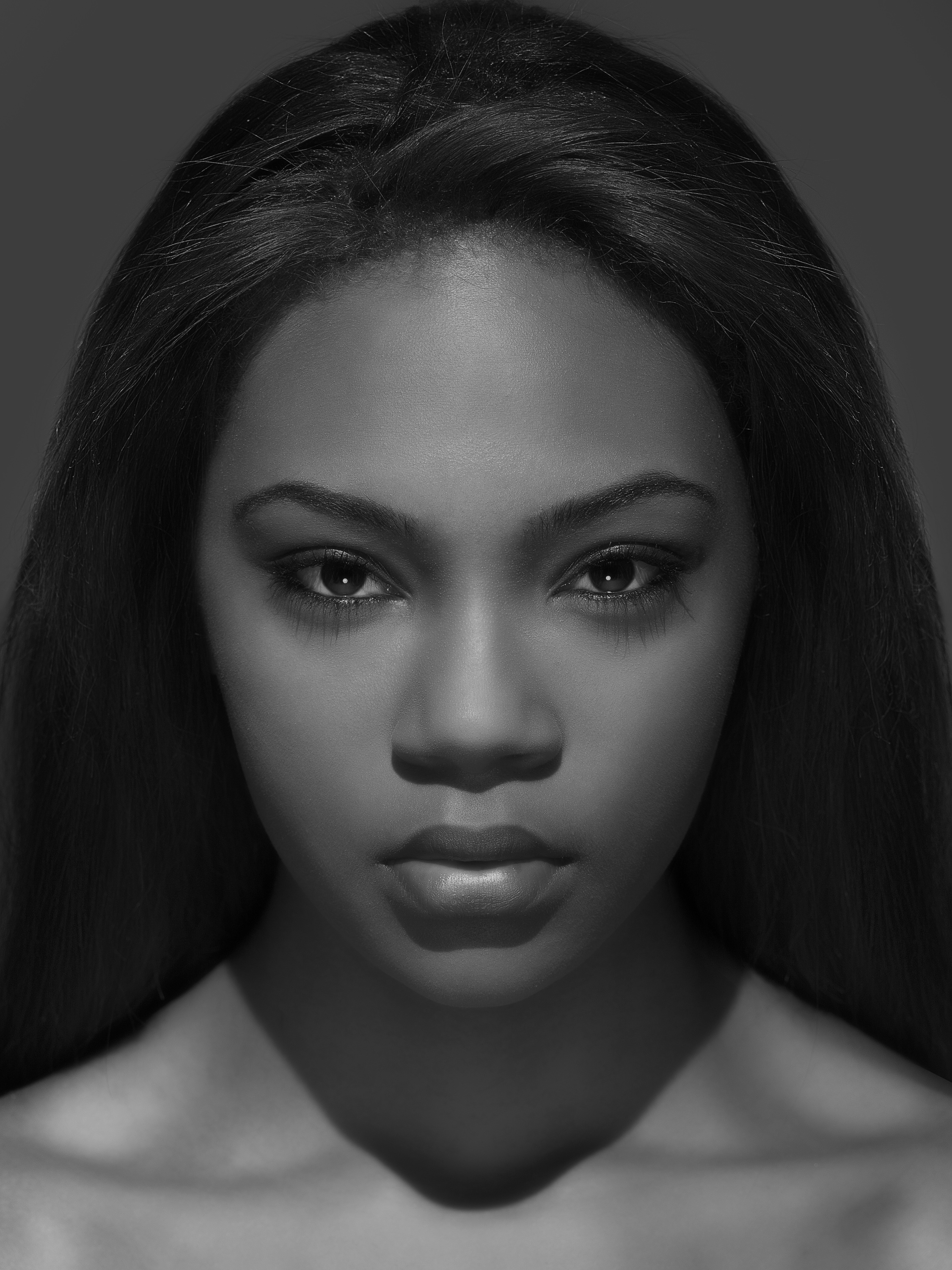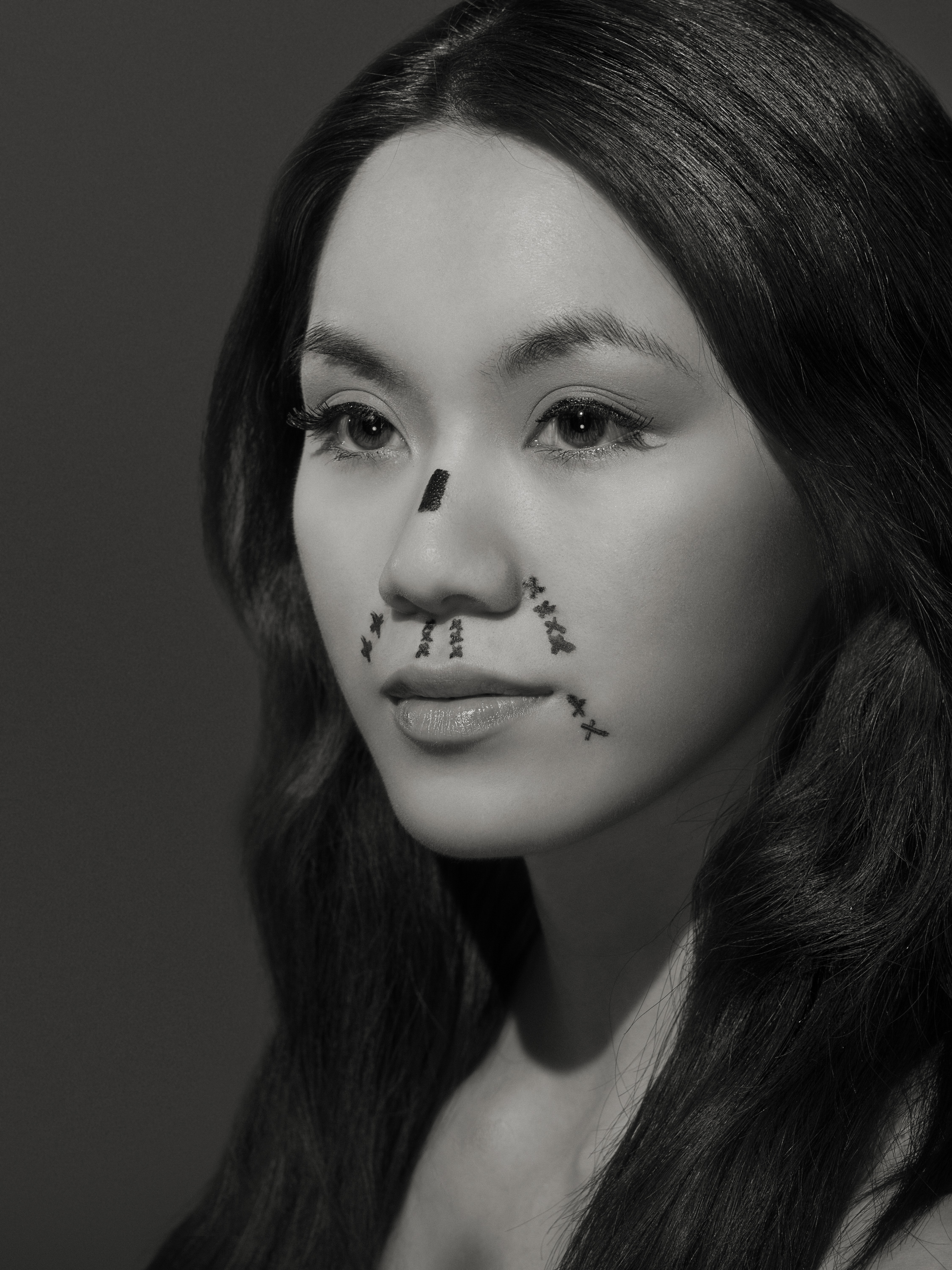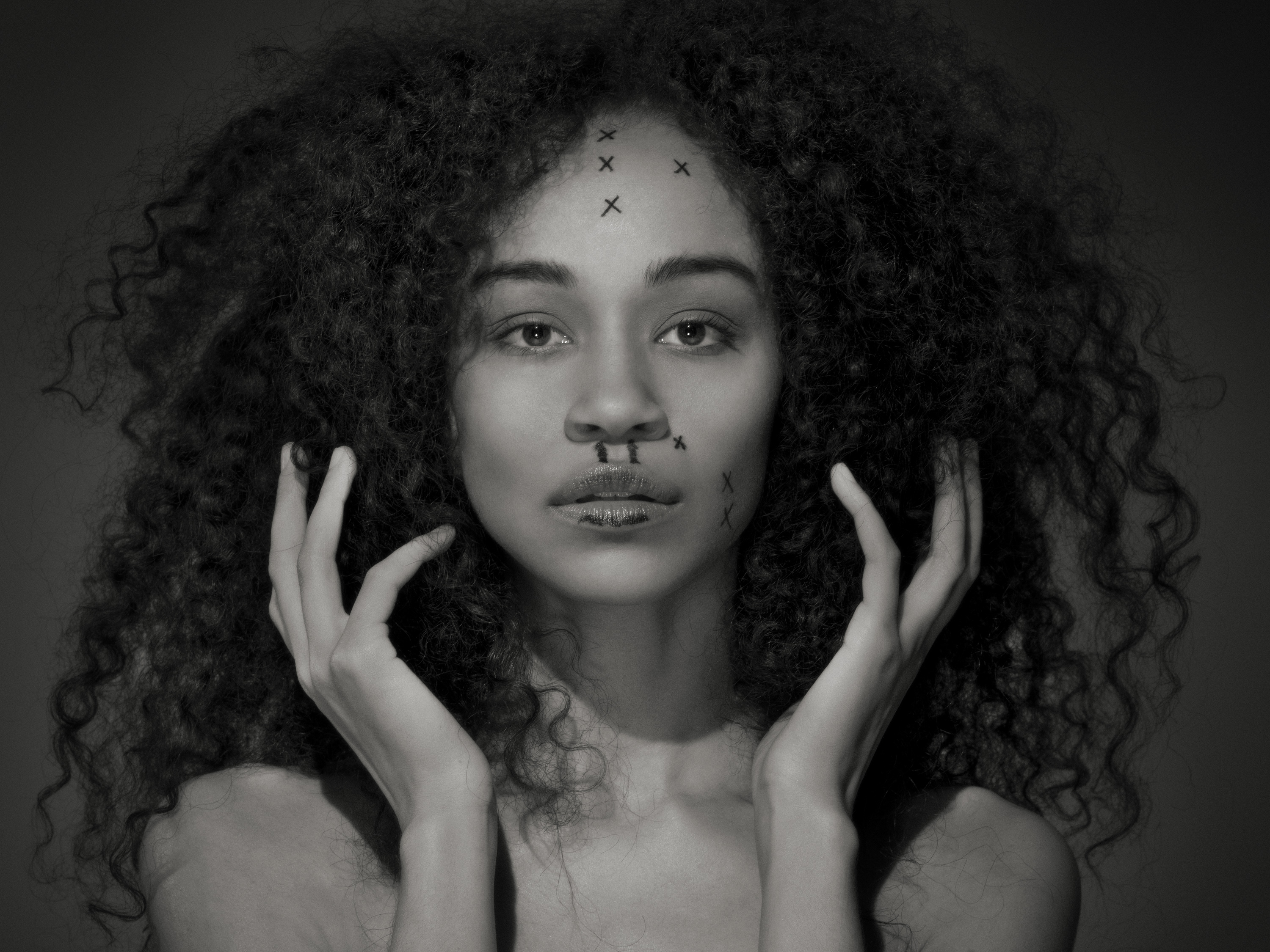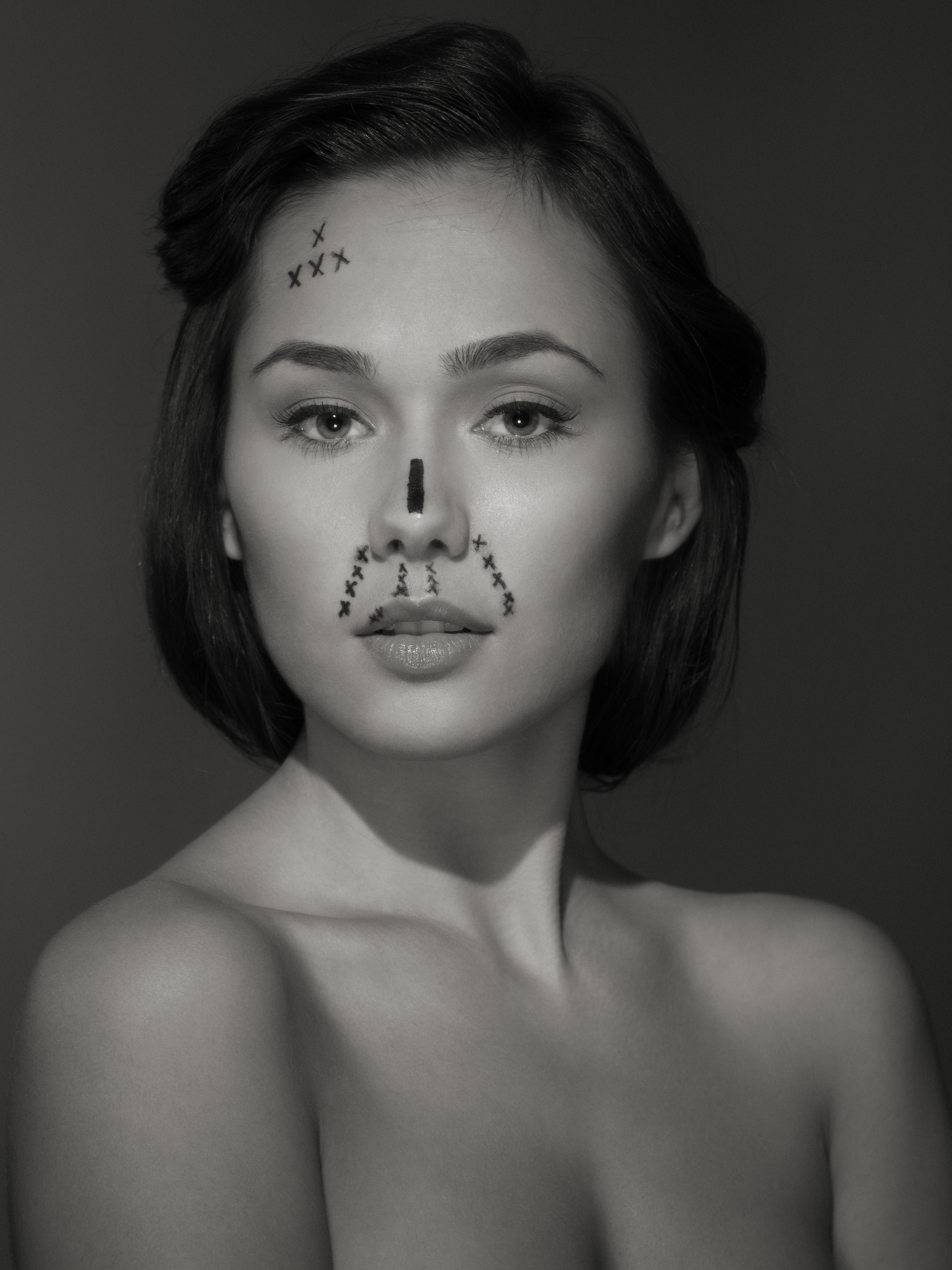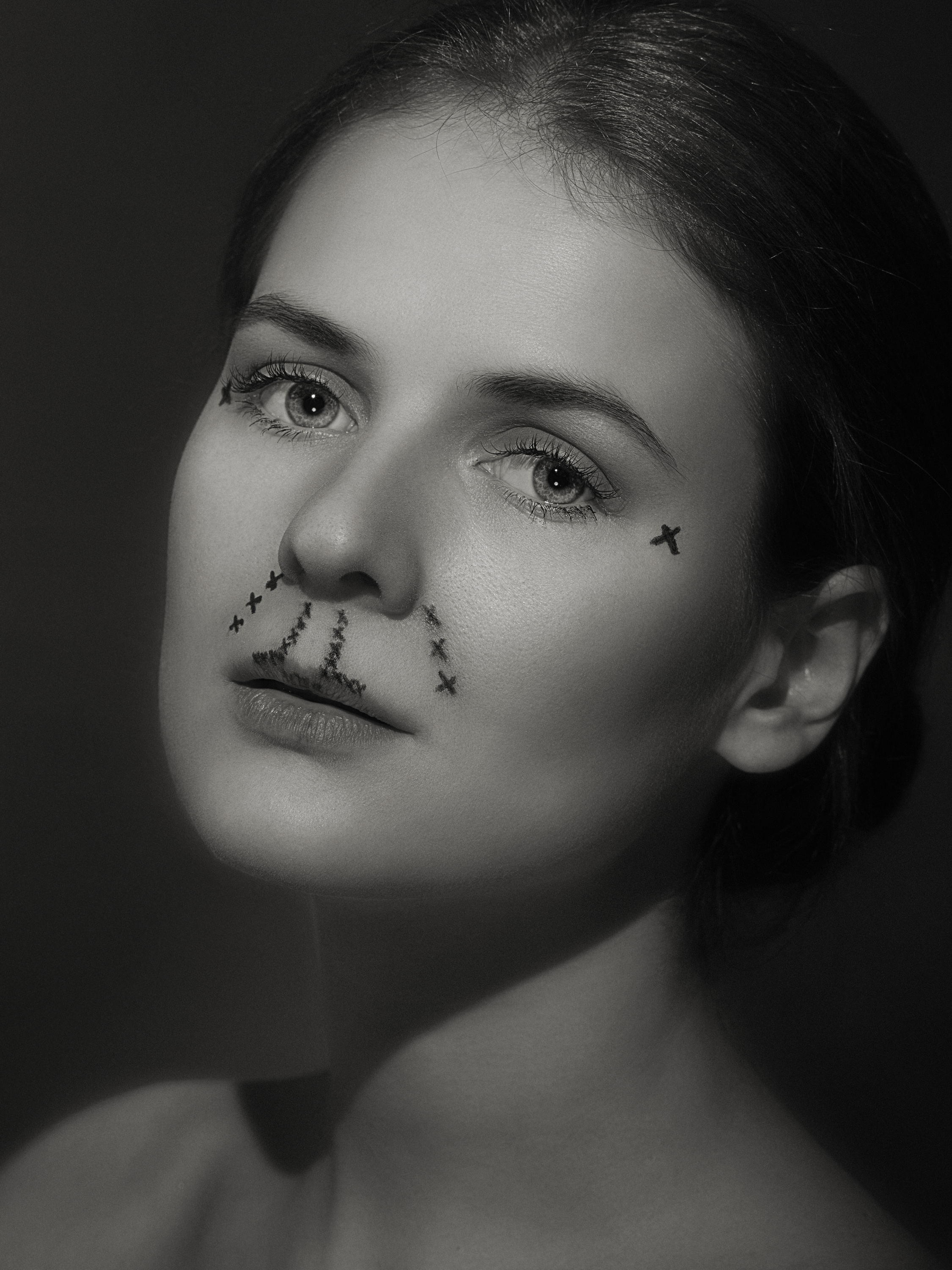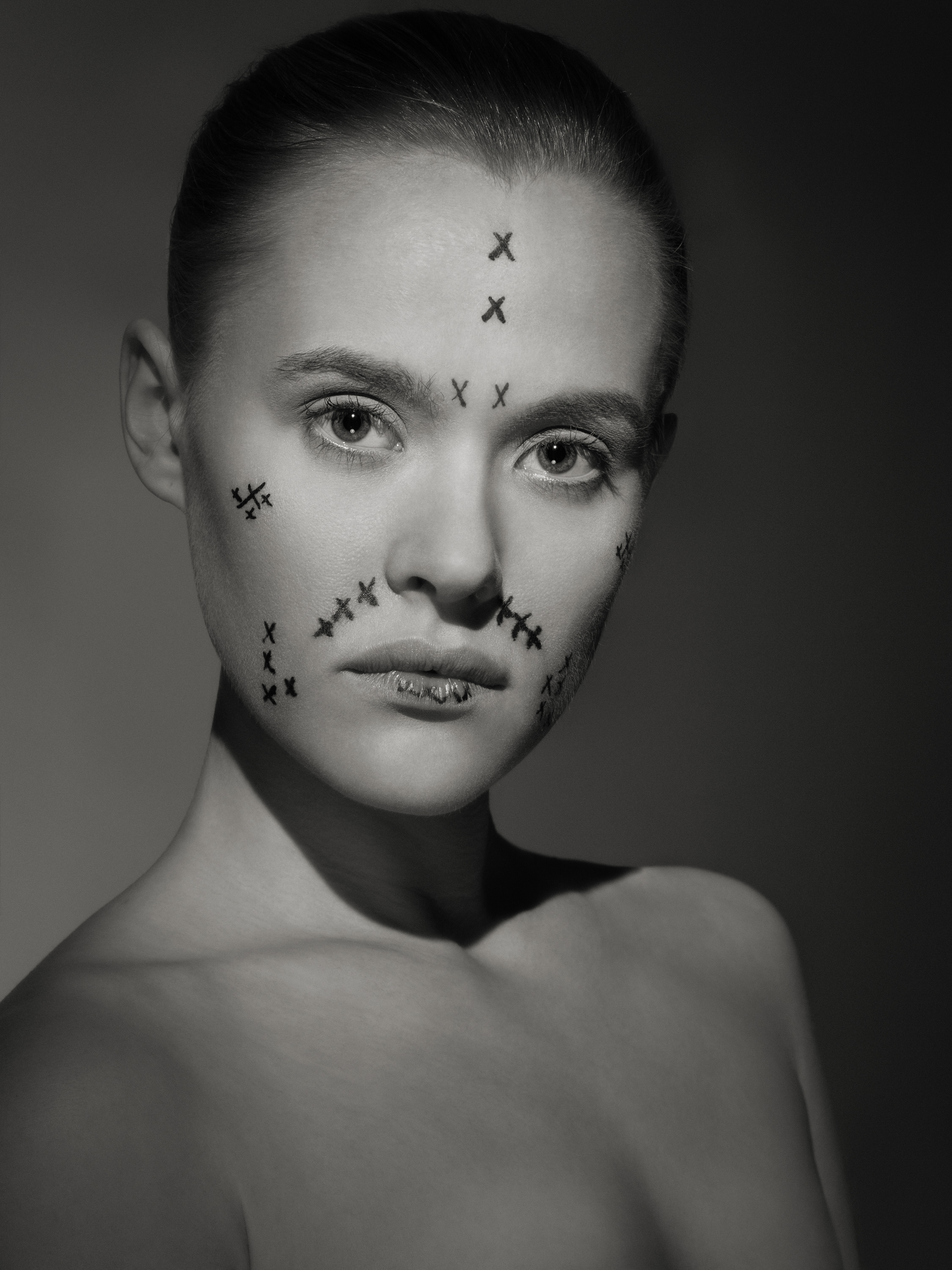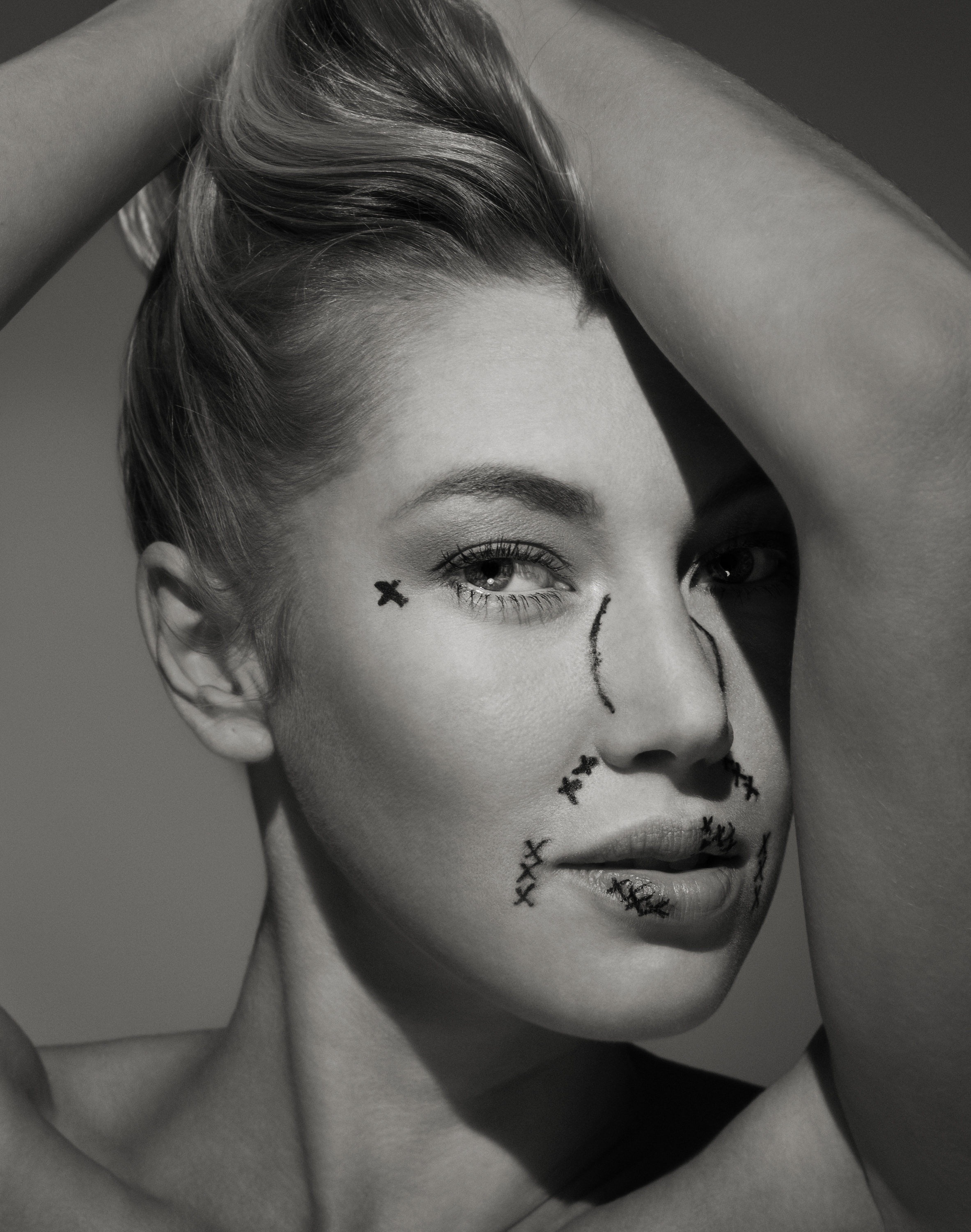Mask of Perfection focuses on the complex and ambivalent relationship between the beauty we perceive subjectively on the one hand, and the plastic surgeon’s scientific, geometry-based standard of beauty on the other.
Specific beauty ideals have seesawed over the course of history, but evolutionary psychology has demonstrated a high degree of consistency at the root level of perceptions of beauty (such as clear skin and a waist-hip ratio around 0.7). Accordingly, notable shifts in perceptions of beauty have been rare, and coincide with discontinuities in general history, and particularly art history. The Renaissance marked a shift toward sleeker body ideal, prizing a sleek figure and flattened chest. The Baroque became synonymous with a body type we describe to this day as Rubenesque. More recently, changes in the social order following the end of WWI manifested in the idolization of a slim, more androgynous female body type, epitomized by Hollywood stars such as Louise Brooks.
The current change in beauty ideal, however, is more profound than any that preceded it – in both kind and degree. Previous manifestations of a beauty ideal could be discovered in the flesh, and also represented in art. They were also concretized and rationalized by experts on the subject (think of Da Vinci’s Vitruvian Man). But any individual’s conforming to, or diverging from, the ideal of the time was a matter of “god-given” gift (or absence thereof).
The currently emerging ideal of beauty is unprecedented in that it is actionable, and that conformity to it has become widely available. Lips like Angelina Jolie; breasts like Scarlett Johansson; a butt like Kim Kardashian; less slanted eyes like a white woman; a wrinkle-free complexion like a cosmetics model? Available at a plastic surgeon near you. In other words, the emerging beauty ideal not only reflects changing taste, but represents a radical shift in the understanding of beauty itself. Conformity to an ideal of beauty used to be a daydream; now, it has become a line item on a shopping list. Whether this development is liberating or cheapens the concept of human beauty (or both at the same time) is a matter of individual judgment.
Hand in hand with these changes in kind and degree goes a change in mode of propagation: as more and more of the most prominent figures in contemporary society (celebrities, media personalities; increasingly also “serious” figures like politicians) are being adjusted by plastic surgeons to the scientific standard, the standard itself is influencing the way the general public perceives who and what is beautiful – and which parts of their own bodies members of the general public might consider to have altered.
Mask of Perfection literally superimposes the emerging scientific standard on the subjective view of beauty and, in so doing, reveals the discrepancies and tensions between the two. To achieve this, renowned New York City plastic surgeon Maria M. LoTempio, MD and I selected twelve women in their Twenties who conform to the natural standard of beauty (“the last people who’d ‘need’ any work done”): they are young, highly attractive, and don’t have any particular feature that would call for alteration.
Dr. LoTempio was given the assignment to do what it takes to “upgrade” these “patients” according to the standards of her profession. All patients were initially evaluated via a set of five clinical images (frontal, 3/4 and full profiles on both side) and then examined in person. Finally, they were marked with pre-operative markings – the Mask of Perfection. The images in this series were taken in this state.
The style of representation aims to prevent knee-jerk “for” or “against” reactions, and instead to inspire individual reflection. This is achieved by dual alienation effects: The markings “mar the view” of the subjects, preventing viewers from immersing themselves in their natural beauty. Meanwhile, the romantic, aestheticizing style of 1930s Hollywood portraiture was chosen to bar viewers from overly identifying with the plastic surgeon.
